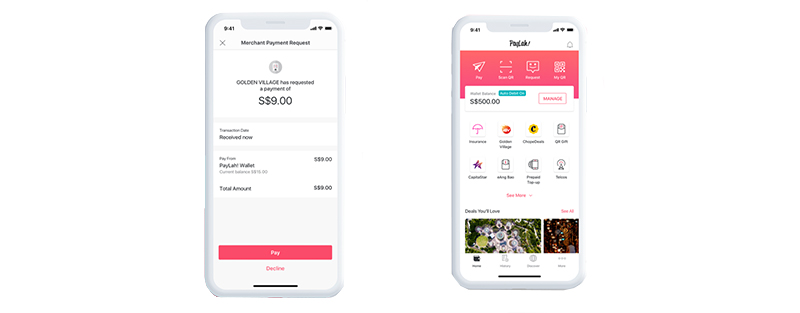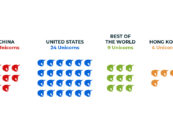
Unlocking the Value in Payments Data With Technology and Partnerships
by Wissam Khoury, Finastra May 14, 2020Over the years, banks have been creating exponentially growing mountains of data – much of it with huge potential value. However, despite their ability to create it, banks have not always been good at making the best use of it. Now, as pressure mounts from digitally native challengers – many of which are backed by tech companies for whom data is second nature – banks need to find ways to turn potential value into something meaningful.
This issue is particularly acute in Asia Pacific’s payments space. Demand for fast payments combined with great user experience is being driven by a growing number of digital payments companies. These players have benefitted from a range of factors. Previously, customer service and customer experience were not a priority for big banks, while APAC’s high rates of mobile penetration rates have meant most consumers already have the tools to make digital payments at their fingertips. In Southeast Asia, companies have been able to acquire high numbers of unbanked or underbanked customers – a demographic previously ignored by incumbents.

Banks via Pexels
Despite this, big banks do have a certain advantage over their challengers – their size means they process millions of payments each day and have access to the resulting data. However, extracting and using that data can be a problem, partly because of the manual decision-making processes many still use. In a real-time environment, such an outdated procedure is not sustainable.
Because of this, many banks are missing out on the ability to use payment data in a proactive way, to make smart decisions that inform actionable insights and create competitive advantages that allow them to become data-driven organizations.
Become a data-driven organization
Fortunately for the incumbents, technology can change this. Just as digital challengers are leveraging advances such as cloud and Artificial Intelligence (AI), so can they. These technologies enable banks to automate their data analysis and make customer and payment data available to more people across the business, who can then make smarter decisions about how processes can be optimized and tailor services to meet customer needs. The introduction of new technologies, such as cloud to reach different data points across the data framework, plus machine learning or artificial intelligence to process that data in real-time, will enable banks to transform.
Data will enable banks to develop new business models with smart combinations of products and tailor-made services for specific customers. This is the approach being taken by Singapore’s DBS, which announced last year it was looking at ways to utilize its rich customer data to improve its PayLah! digital payments wallet. Measures included adding more merchants to its ecosystem, integrating its rewards app, and one executive even suggested the possibility of using analytics and location data in the future to offer relevant discounts to customers while they are out shopping.

PayLah by DBS Bank
Access to – and intelligent analysis of – the right data is key, but banks do not need to bear the expense and time investment required to develop this capability themselves. By sharing their data with fintech partners through open APIs using the Open Banking model, banks can benefit from collaboration with an endless array of external service providers that can help them create an innovative, fast, seamless payments experience, as well as access applications that address fraud, AML and cybercrime. By hosting these new capabilities on the cloud, rather than on-premise, banks will be able to quickly test, add, adjust, and scale services.
Now is the time for banks to lay the foundations
Leveraging payer data and predictive analytics, financial institutions in APAC can solve problems for consumers and corporate customers alike. Tasks such as paying bills on time to avoid interest charges or late fees, investing surplus cash into optimal investment options based on cash flow and future needs, and more, can all be automated. And by recognizing user preferences, banks will be able to offer bespoke services that further enhance the user experience.
With more players set to enter the market in the coming years, now is the time for banks to lay the necessary foundations on which to build the experience customers are looking for – before those customers are snapped up by challengers. Utilization of technologies like the cloud, AI, and data analytics, combined with the right collaborative partnerships, is the roadmap banks should be looking at.
This article first appeared on fintechnews.sg
Featured image credit: Gerd Altmann from Pixabay








